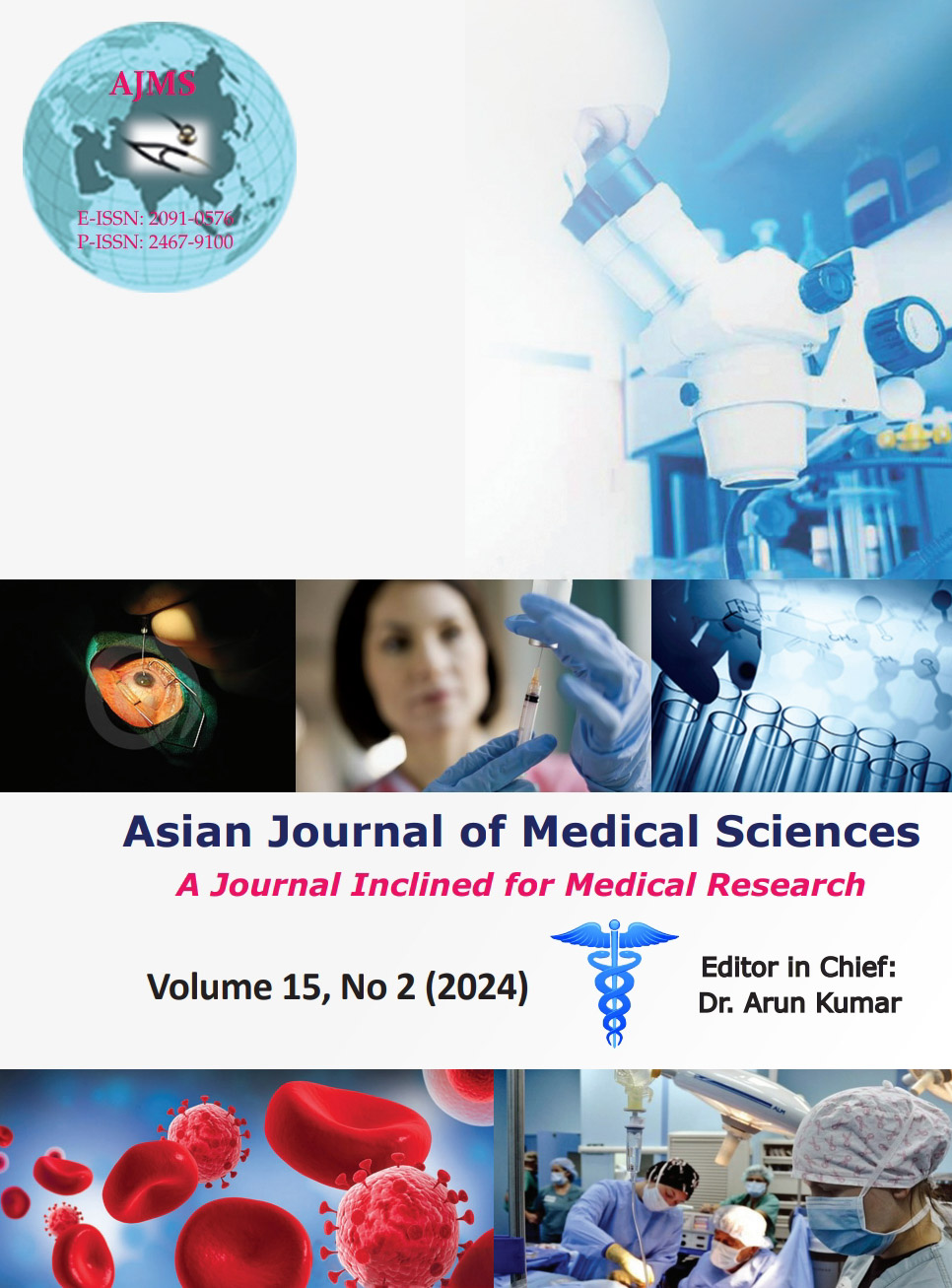Comparative analysis of different cervical screening methods with special reference to the WHO recommended human papillomavirus detection at a rural tertiary care center - A pilot study
Keywords:
Cervical cancer; Visual inspection with acetic acid; Cervical PAP smear; Liquid based cytology; Human papilloma virus-high riskAbstract
Background: Cervical cancer (Ca Cx) the 4th common cancer has a high mortality rate. Human Papilloma Virus (HPV) is chiefly responsible for a long latent period to progress from preinvasive to invasive Ca Cx. So it can be prevented by screening procedures such as visual inspection with acetic acid (VIA), conventional cervical PAP smear (CP), liquid-based cytology (LBC), and high-risk (HPV-hr) detection along with vaccination.
Aims and Objectives: The study aims to determine the socio-demographic profile of Ca Cx and the most appropriate cost-effective community screening method.
Materials and Methods: A prospective observational study with 80 symptomatic women of reproductive and peri/postmenopausal age groups attending the Gynecology Department who underwent VIA, CP, and LBC and thereby detected positive along with screened negative but clinically suspicious women were tested for HPV-hr detection. Results were tabulated into an Excel sheet and screening methods were compared using Chi-square test, gold standard being cervical histopathology (P<0.5 significant). Statistical software used - Graphpad Prism 9 (San Diego, CA).
Results: The mean age was 43.3 years. Multiparity and early marriage were seen in 80% and 45% respectively. Inflammatory lesions were best diagnosed by CP but epithelial cell abnormality and more satisfactory smears by LBC (P<0.05). Sensitivity was highest (93.75%) in VIA, positive predictive value, and specificity in CP (91.66%, 75%). negative predictive value was highest in VIA and HPV-hr DNA (50%).
Conclusion: VIA with CP/LBC is an economically viable and effective screening method for Ca Cx in developing countries along with HPV vaccination.
Downloads
Downloads
Published
How to Cite
Issue
Section
License
Copyright (c) 2024 Asian Journal of Medical Sciences

This work is licensed under a Creative Commons Attribution-NonCommercial 4.0 International License.
Authors who publish with this journal agree to the following terms:
- The journal holds copyright and publishes the work under a Creative Commons CC-BY-NC license that permits use, distribution and reprduction in any medium, provided the original work is properly cited and is not used for commercial purposes. The journal should be recognised as the original publisher of this work.
- Authors are able to enter into separate, additional contractual arrangements for the non-exclusive distribution of the journal's published version of the work (e.g., post it to an institutional repository or publish it in a book), with an acknowledgement of its initial publication in this journal.
- Authors are permitted and encouraged to post their work online (e.g., in institutional repositories or on their website) prior to and during the submission process, as it can lead to productive exchanges, as well as earlier and greater citation of published work (See The Effect of Open Access).




